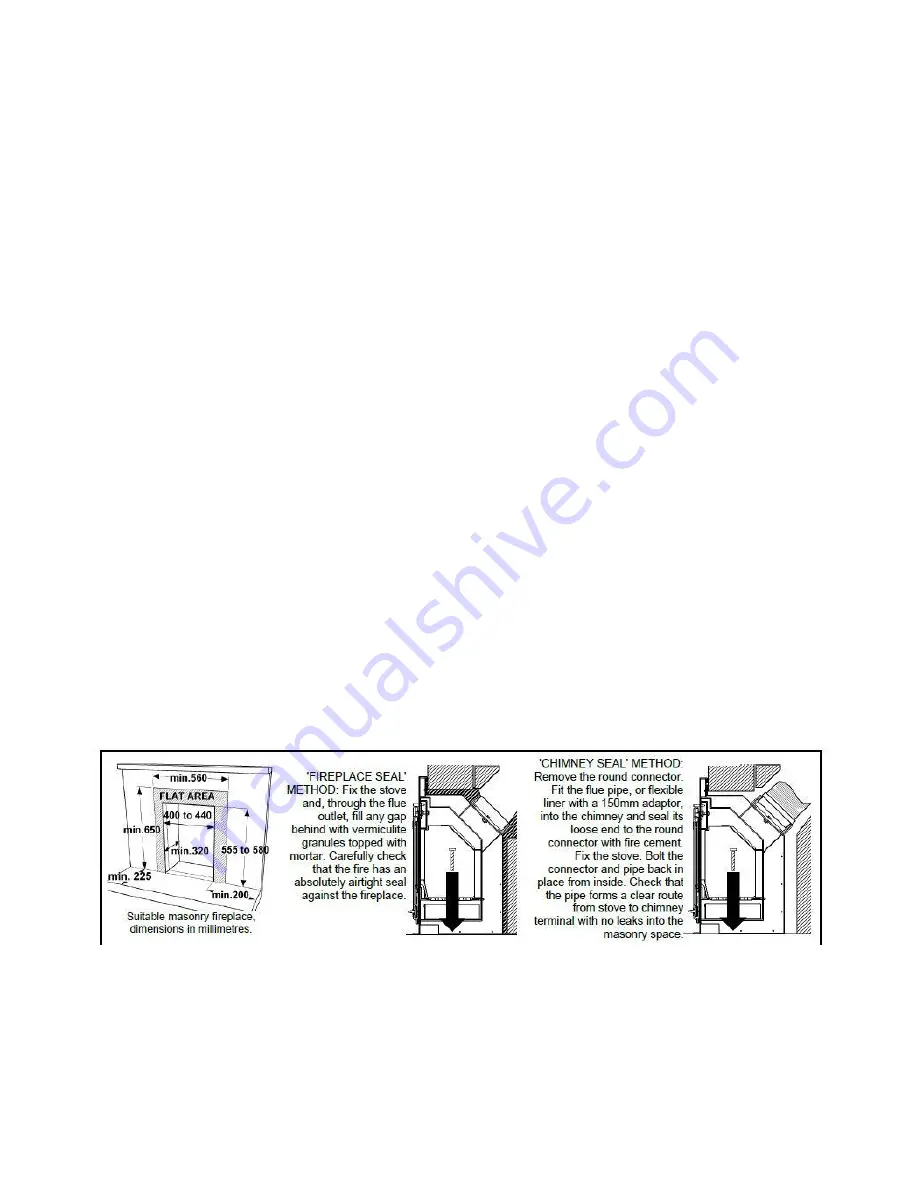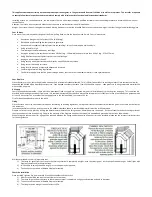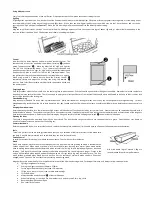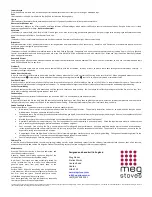
This appliance becomes extremely hot and can produce poisonous gases. A fire guard should be used if children or the infirm are present. The installer is required
to exactly follow these instructions and to completely comply with all relevant local, national and international standards.
Installing a stove is a ‘controlled service’, the law expects that it is either supervised by a qualified installer or that the building inspector is informed. Check with your
local authority.
Asbestos: Your stove does not contain asbestos, but take care to avoid asbestos in an old installation.
Weight: Your stove is heavy – take great care when moving it and ensure that the intended fireplace can support the weight – consider fitting a load distributing plate.
Your Chimney
Once warm, your chimney makes the gas inside it rise, pulling fresh air into the stove to make it work. Your chimney must:
Generate a draught in use of at least 12 Pa (0.05ins wg).
Be capable of withstanding the temperatures generated.
Be absolutely incapable of leaking fumes into the dwelling – this will commonly be achieved by it:
Being at least 5m high.
Terminating at least 1m above any roof ridge.
Having an internal cross-section not less than 0.018m² (e.g.: 150mm dia) and never more than 0.14m² (e.g.: 375 x 375mm).
Being free from even the slightest crack or source of leakage.
Having no bends sharper than 45°.
Being entirely free of obstructions and swept by a qualified chimney sweep.
Being connected to only this stove.
Being of thick masonry or otherwise adequately insulated.
Conforming to local building regulations.
Special rules apply where the flue passes through timber, thatch or other vulnerable materials – take specialist advice.
Your Fireplace
Stoves become very hot, the setting must be made entirely of durable fireproof materials. Thin (<50mm) stone slabs risk cracking unless cut into sections to allow for
expansion and backed with a heat resistant concrete. Even beyond the safety clearance , items can become very hot - take great care in siting vulnerable materials like
wax, textiles, paper etc.
Air Supply
Your stove needs air to breathe – there must be a permanent fresh air supply into the space in which it is installed equal to the size given on page 1. This can often be
provided by air leaking around door frames etc. (it is commonly accepted that this alone may suffice for appliances <c5kW) but in case of any doubt, fit a purpose made
air vent. An extractor fan, or another fuel using appliance in the same building, can remove this air.
Fit a Carbon Monoxide alarm near to the stove.
Fitting
Place the stove on a solid non-combustible hearth conforming to building regulations, noting the distances to combustible materials given in the table on the front of
this document.
Inset stoves deliver very hot air into the room so the 400mm clearance above to combustible materials must be strictly observed.
Prepare to fix the stove in place by drilling two 6mm diameter holes at the fixing centres, 60mm deep into the hearth. Fix the soft seal to the back seating surface of
the stove and push stove into opening. Screw to the masonry of the fireplace hearth at the two points arrowed and proceed with the fix as shown below.
When fitting this stove with a trim, a gap will be required between the flange and back panel to allow the trim to be attached, please see the relevant trim instructions
for further guidance.
Whichever method is used it is imperative that:
1)
The route for gases from the stove to the chimney terminal is completely air-tight; even the tiniest gap or crack can spoil the updraught. Seal all joins with
fireproof cement and/or heatproof rope.
2)
It is possible to sweep the entire length – access doors may be required.
3)
The entire construction is of durable fireproof materials.
Check the Installation
Once installed, light the fire, demonstrate it to the householder and check that:
1)
It burns controllably and does not emit fumes to the room.
2)
The route for gases from the stove to the chimney terminal is completely airtight, unobstructed and able to be swept.
3)
The entire construction is of durable fireproof materials.
4)
The flue presents a draught in use of at least 12Pa.






















